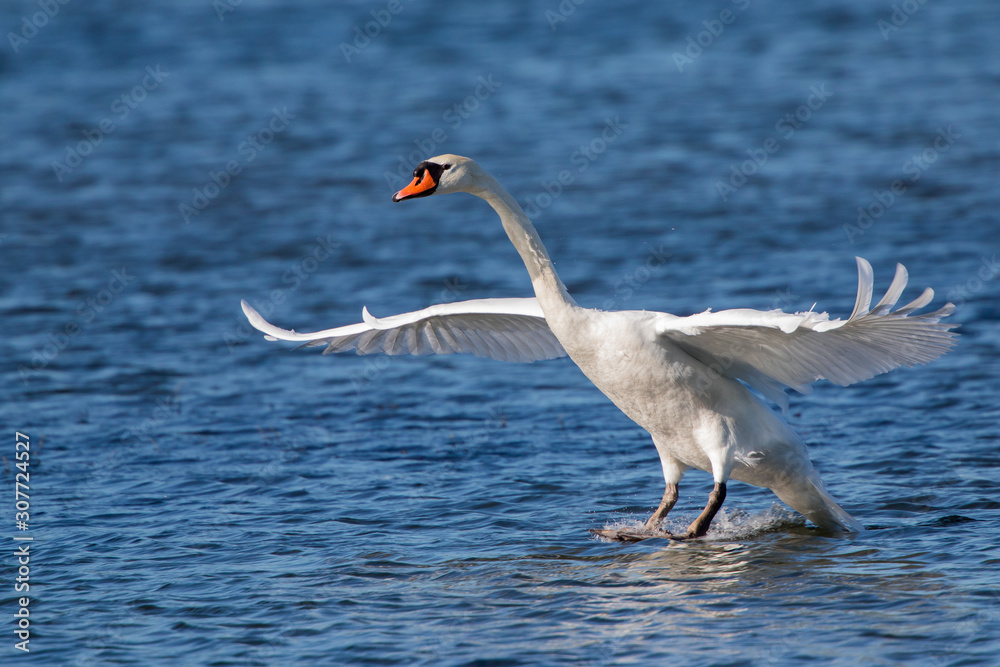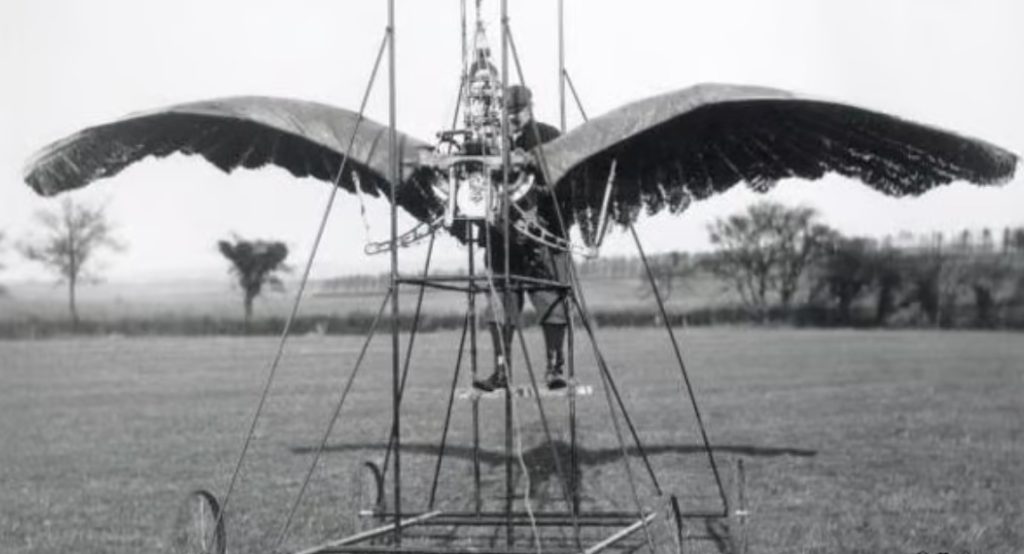Peter Garrison
Ah, to fly like a bird – but which bird?
Every afternoon my partner Nancy and I walk around Echo Park Lake. Two miles from downtown Los Angeles, Echo Park Lake is not Walden Pond. It is man-made, cement lined, shallow, and ringed by a paved walk on which multi-coloured streams of people, old and young, some strolling, some rolling, flow in at least two directions, maybe more.
On the other hand, its banks are grassy and tree-shaded, and at its northern end is a picturesque island densely forested with tall palms.
A few years ago the lake, which contained a huge bed of lotus plants, was drained, revealing a deep layer of muck. For some time, Asian women slogged thigh-deep in it hunting for lotus roots, a culinary delicacy. The lotophagous ladies were followed by tractors and trucks that scraped up the fertile muck and hauled it off. The lake then sat, an empty eyesore, for a long time while the city hatched an ambitious plan for converting it into an urban wetland.
Unlike most efforts to make silk purses out of sows’ ears, this one worked.


Now small white and large blue herons stalk in dense flowery reed-beds, while patient green ones hunch on stumps awaiting prey. Leafy-footed, quarrelsome coots swarm as dense as fleas; ducks of a dozen varieties fly and float and dive; Canada geese, having lost their migratory fervour and become as sedentary as humans, multiply and defecate; cormorants encumber tree branches like sinister black fruits; even a few ochre-eyed Egyptian geese strut about, ambulatory hieroglyphs.
Surrounded by this treasury of waterfowl, I reflect on how they must have fascinated the would-be aviators of pre-Wright times, and what lessons, both true and false, could be extracted from them. I think bodies of water, and their shores, must have drawn aeronautical dreamers and experimenters, because waterfowl tend to be on the large side, as birds go, and therefore closer than finches or hummingbirds to an aspirational flying human.
It is intuitively obvious that you can learn more about the possibilities of human flight from a goose than from a lark – though if it were music you were interested in, you would be better off with the lark.
But it’s hard to put yourself back into the place of people who asked the question, but had not yet learned the answer. How do you sweep aside all that you know, and confront a bird with the bemused stare of the would-be aeronaut of pre-aeronautical times?
There were many misleading things about birds. One was that they flapped their wings. Many an experimenter struggled with the mechanics of flapping, without apparently stopping to wonder how the vestigial pectoral muscles of a man could possibly flap wings large enough to hold him up. Did it take a leap of insight – it cannot have escaped the prodigious da Vinci – to see that many birds remained aloft with motionless wings, and that the essential thing about flight was not flapping, but forward motion?
Even landing, which seemed to involve the most violent flapping, was achieved by waterfowl with a minimum of wing-work; they came in fast, like jet fighters, often in formations of two, and skated to a stop along the water’s surface on their broad webbed feet.
Different birds had different flight patterns. Some, like crows, flapped their wings slowly but almost all the time. Some alternated flapping and gliding. Some, like herons and pelicans, could execute seemingly endless horizontal glides just above the water’s surface without moving a muscle.
And the size of wings, relative to body weight, was all over the map. A bird might have a wing loading of four pounds per square foot, or four ounces. Was it accidental? Was it related to the environment or the foraging behaviour of the bird? Or had birds learned to forage in different ways, and live in different environments, because they were built in random different ways?
Birds were reluctant to provide guidance about overall configuration. Seabirds tended to have long, narrow wings. Ducks and geese had short, pointy ones, while the wings of hawks and buzzards were broad and rounded at the tips. Why?
Geese certainly travelled farther than seagulls did, so it couldn’t have anything to do with how hard they had to work to fly. Butterflies were practically square. Which was better, and why? Did feathers matter? Perhaps not; bats and bees got along without them. What was the role of the tail feathers? What if you plucked them? Could the bird still fly? And if tail feathers played some important stabilising or manoeuvring role, why did grackles – glossy black birds with a squealing cry – twist their tails around in flight to make them vertical, like the rudders of boats?
Today we can answer all those questions and more – well, maybe not the one about the grackle – but in earlier times they must have seemed to be impenetrable riddles.
Considering the enormous importance of flight in our world, and the sophistication of the technical means used to achieve it, it’s odd that very little genuinely scientific research went into it until after human flight had been achieved.
Other much less useful subjects, like the distance from the earth to the sun, had commanded the attention of far more great minds, and had been studied more systematically, and with more delicate instrumentation and with deeper mathematics, than flight had.
There was such a thing as theoretical aerodynamics long before there was such a thing as an aeroplane – our old pal Bernoulli died in 1782 – but somehow the link between it and practical flight was never forged.
Although we have mastered flight, we still look enviously at birds. No aeroplane can emulate the athleticism of a falcon (though a few might approach the silliness of the coot). Aeroplanes are beginning to develop some bird-like abilities, thanks to relaxed stability and digital control systems, but they are still stiff, lifeless things compared with birds.
Would-be imitators of birds ignored the most essential thing about them – that they were guided by a living intelligence that spoke to every fibre of their bodies. Without that, no ornithopter, however similar to a bird it looked, would ever approach a bird’s agility and grace.
People like to joke that if God had wanted us to fly He would have given us wings. Actually, he clearly did not want us to fly, or He would not have sent birds to confuse us.
